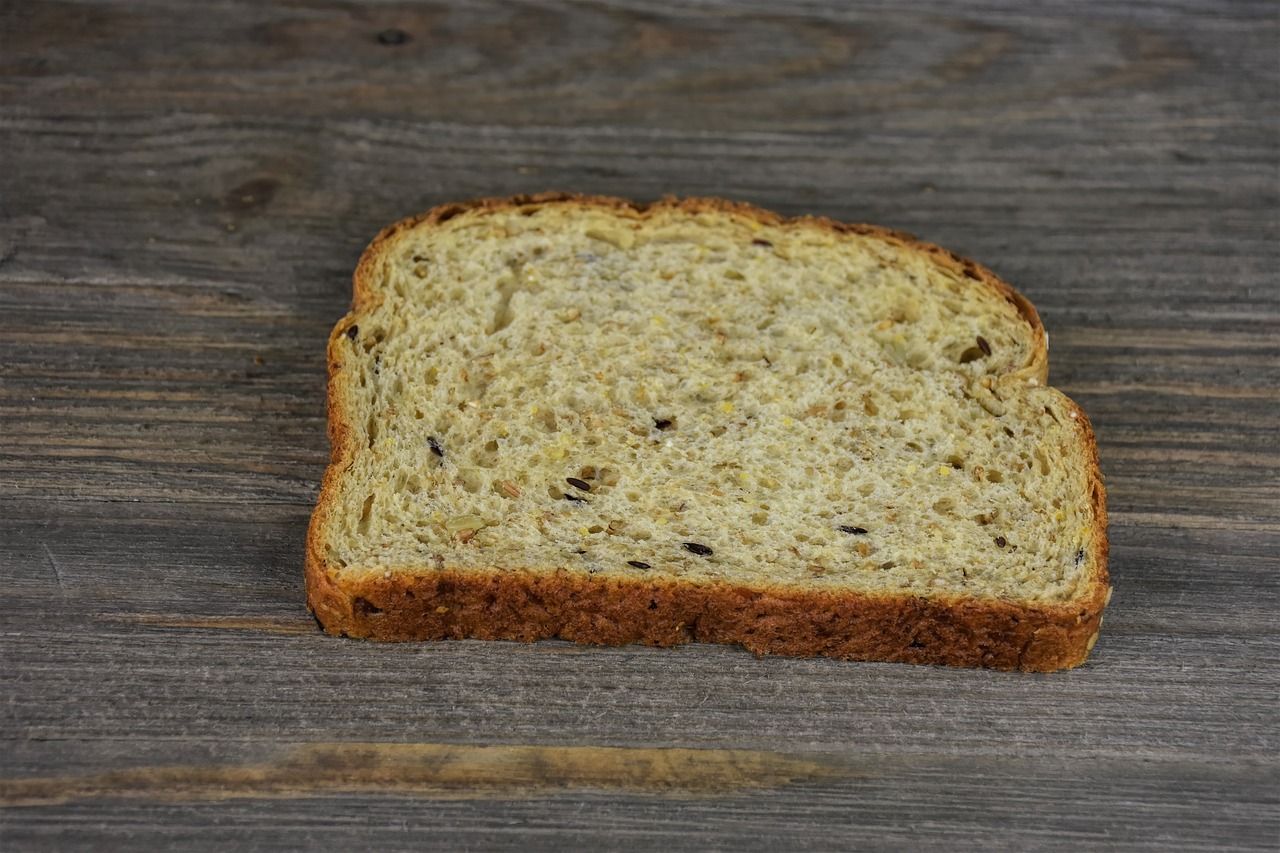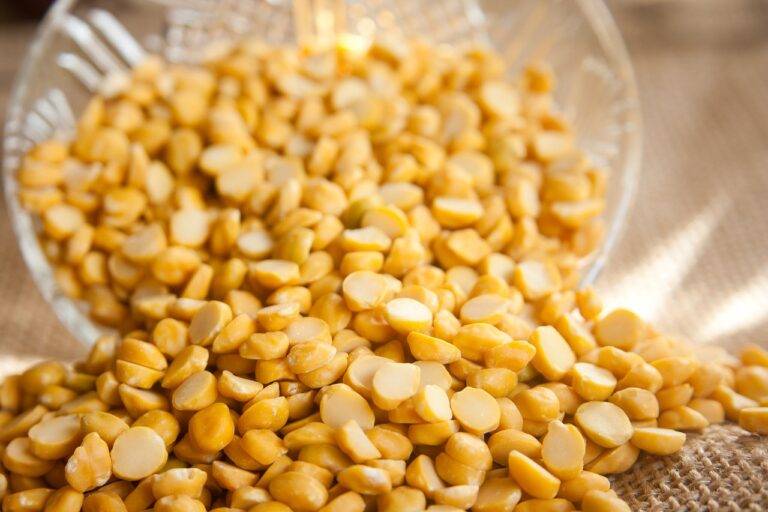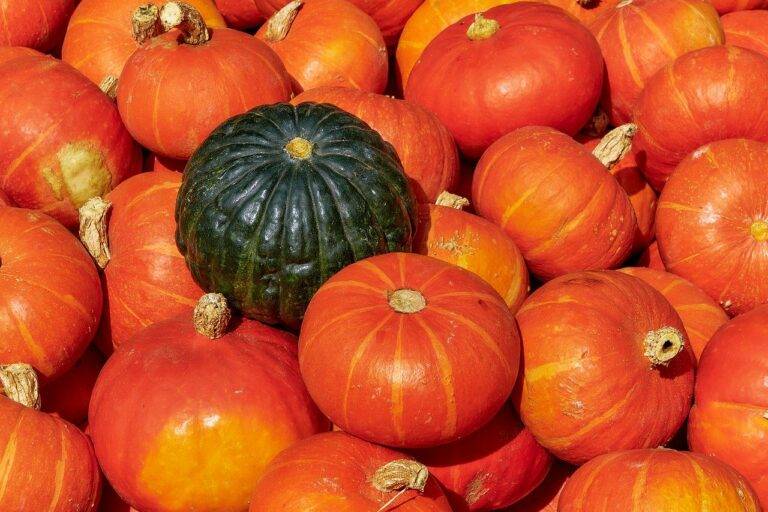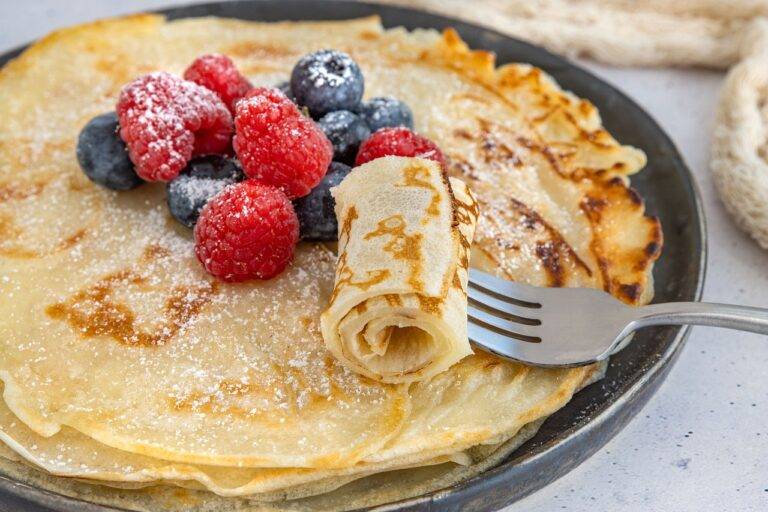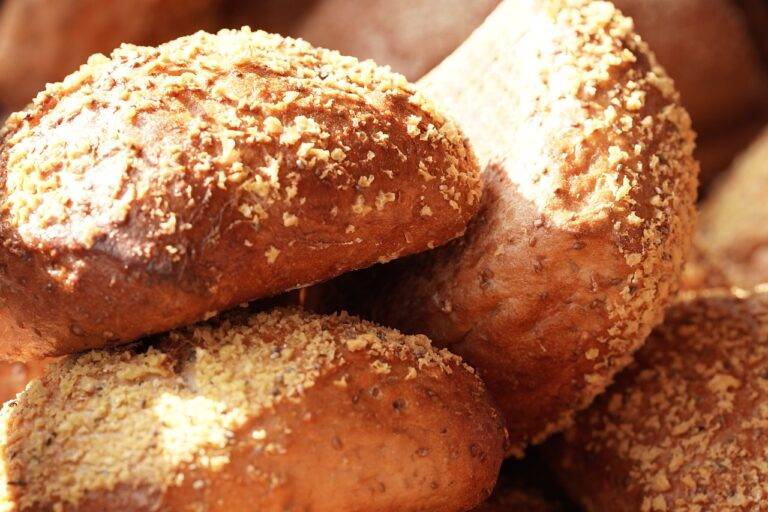The Impact of Food Fads on Dietary Patterns
Over the years, the landscape of food trends has constantly shifted and evolved. What was once considered niche or obscure eventually finds its way into the mainstream, shaping the way we eat and perceive food. From the rise of superfoods like quinoa and kale to the popularity of plant-based meat alternatives, the evolution of food trends mirrors the changing tastes and preferences of consumers.
In addition to health and wellness considerations, cultural influences and global interconnectedness play a significant role in shaping food trends. As the world becomes more interconnected through social media and international travel, cuisines and ingredients from different cultures are increasingly integrated into mainstream food culture. This fusion of traditions and flavors adds diversity and excitement to the culinary landscape, driving the evolution of food trends in new and unexpected directions.
The Influence of Social Media on Food Fads
In today’s interconnected world, social media plays a significant role in shaping food fads and trends. Platforms like Instagram, TikTok, and Pinterest have become powerful tools for sharing visually appealing food content that can quickly go viral. Influencers and food bloggers use these platforms to showcase new food creations, recipes, and dining experiences, which can rapidly capture the attention of a wide audience.
The instant nature of social media allows food trends to spread quickly and reach a global audience within moments. A visually striking dish or a unique food combination can gain traction rapidly, leading to a surge in popularity and demand. Additionally, social media platforms provide a space for food enthusiasts to share and discover new culinary experiences, contributing to the continuous evolution of food fads.
How has social media impacted the evolution of food trends?
Social media has played a significant role in popularizing food trends by allowing individuals to easily share and discover new recipes, restaurants, and food products.
What are some examples of how social media has influenced food fads?
Some examples include the rise of viral food challenges like the ice bucket challenge, the popularity of food photography on platforms like Instagram, and the promotion of plant-based diets through influencers and bloggers.
How quickly do food fads spread on social media?
Food fads can spread rapidly on social media, with trends often going viral within a matter of days or weeks.
Can social media influence people’s eating habits?
Yes, social media can influence people’s eating habits by promoting certain food trends, diets, and products that may not align with their nutritional needs.
Are there any potential downsides to the influence of social media on food fads?
Some potential downsides include the promotion of unhealthy eating habits, the spread of misinformation about nutrition, and the pressure to conform to unrealistic food trends.

